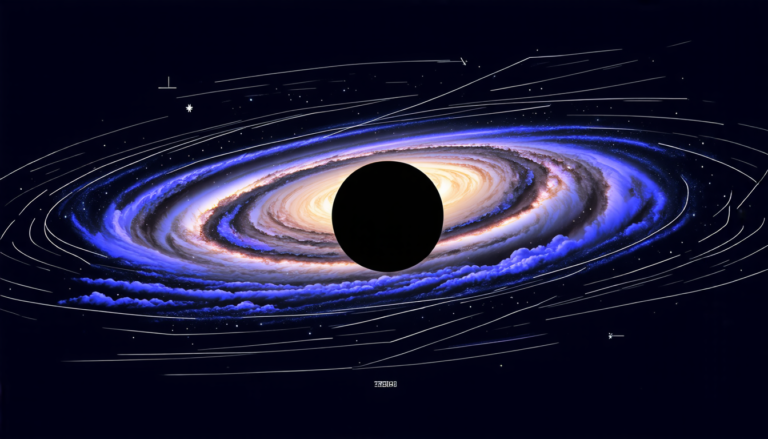Thursday 21 August 2025
A team of researchers has made a significant breakthrough in understanding the behavior of ultra-high mobility two-dimensional electron systems (2DES) under low magnetic fields and temperatures. By harnessing the power of quantum superposition, they’ve shed light on the mysterious phenomena observed in these systems.
When 2DES are subjected to microwave radiation, they exhibit a range of unusual behaviors, including magnetoresistance resonance peaks that shift in response to changes in the radiation frequency. To explain this phenomenon, researchers have turned to the concept of Schrödinger cat states – a hypothetical state where a quantum system exists in multiple places at once.
In recent years, scientists have made significant progress in creating Schrödinger cat states using ultra-high mobility 2DES. These systems consist of electrons confined to a two-dimensional plane, allowing researchers to manipulate their behavior with unprecedented precision.
The latest study builds upon this work by introducing three-component Schrödinger cat states – a new type of quantum state that allows for even more complex behaviors. By analyzing the properties of these states, the researchers have been able to explain the observed magnetoresistance resonance peaks in ultra-high mobility 2DES.
One of the key findings is that the Schrödinger cat states are responsible for the dramatic collapse in magnetoresistance observed in these systems. This phenomenon, known as giant negative magnetoresistance, has puzzled scientists for years and is a major area of research.
The study also reveals that the radiation frequency plays a crucial role in shaping the behavior of the 2DES. By tuning the frequency to specific values, researchers can induce changes in the Schrödinger cat states, leading to shifts in the magnetoresistance resonance peaks.
The implications of this work are significant, as it could potentially lead to the development of new quantum computing architectures. Ultra-high mobility 2DES have been shown to be ideal platforms for realizing robust even and odd Schrödinger cat states – a key component of many quantum computing proposals.
In addition to their potential applications in quantum computing, ultra-high mobility 2DES have also sparked interest due to their unusual electrical properties. By better understanding these phenomena, scientists can gain insights into the behavior of electrons at the atomic scale and develop new technologies that take advantage of these unique properties.
The study’s findings are a testament to the power of theoretical physics in explaining complex phenomena.
Cite this article: “Unveiling the Quantum Secrets of Ultra-High Mobility Two-Dimensional Electron Systems”, The Science Archive, 2025.
Quantum Computing, Schrödinger Cat States, Ultra-High Mobility 2Des, Magnetoresistance, Microwave Radiation, Quantum Superposition, Giant Negative Magnetoresistance, Quantum Computing Architectures, Electron Systems, Low Magnetic Fields And Temperatures.
Reference: Jesus Inarrea, “Quantum superposition in ultra-high mobility 2D photo-transport” (2025).







